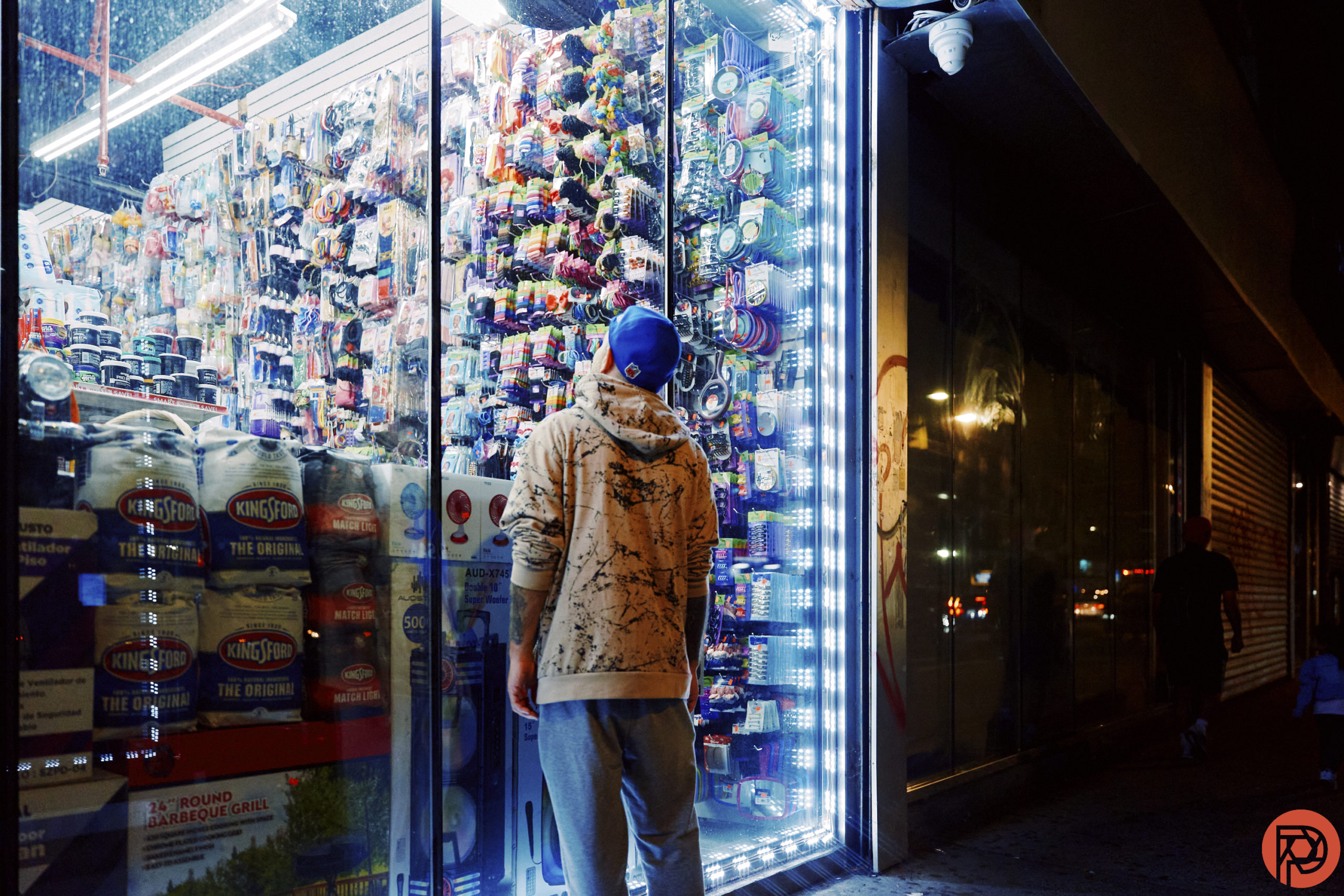Lots of photographers wonder about what the best camera for street photography is. And indeed, some are better than others for it. If you want really good autofocus, it’s tough to beat what Sony does. But if you’re looking for unique image quality, photographers trust Fujifilm and Leica the most. The same has been true since the beginning though the cameras don’t matter anywhere as much. What matters is the photographer’s ability to zone in on what’s happening and get the shot. That situational awareness can help photographers capture images like so many did before. What also matters, though, are the lenses.
The lenses are mostly what we’ll be talking about here for around a single paragraph. Lenses, specifically manual focus lenses, are best for street photography because of the zone focusing technique that you can use. Zone focusing is arguably faster than person and face recognition for street photography. But it also depends on the situation that’s currently happening. We prefer manual focus still.
Years ago, I made a video on how to do exactly this. And you can find it below:
We already talked about situational awareness and how important it is just a bit. But here’s the more important thing about street photography. The secret to better street photography is understanding the final photo. Lots of photographers simply just shoot and worry about the images later. This can be a valid technique, but it doesn’t always yield you your best images unless there’s a happy accident. Instead, you should try to look around, understand what’s happening around you emotionally, and then revision what the final photo will look like. At the same time, you should be constantly surveying the scene around you to figure out what your settings should be.
Yes, you should ideally be shooting in manual or aperture priority here. But those settings are nothing without the moment.
The reason why so many portrait photographers like shooting portraits is that they’ve got control over the moment and what’s happening. For the most part, the same goes for landscape photography. But with street photography, you’re only able to control what you can do. Everything else around you isn’t necessarily in your control. There’s the idea of the photo wait, which photographers like Jonathan Higbee do.
Unlike portrait photographers, street photographers, and other documentary-style photographers give up control of the situation that’s in front of them to a degree. And because of that, no amount of great camera gear can help them. With that in mind, you sometimes need to understand that you’re going to lose great shots because you can’t get to them in time.
Here’s a great exercise for you to do: go into the street and start doing street photography in program auto mode on your camera. Do this straight for a week. And when you’re done, and only after a week, look at the photos. Figure out what went wrong technically speaking and ascertain if the photos would’ve been great street photographs. If they were, then you’ll at least know what you needed to do technically. But if you don’t think that the images would’ve been portfolio-worthy, then go back and try again.
It’s important to understand the very human element to street photography that AI imagery and makers can’t necessarily always understand or put into words as prompts.


